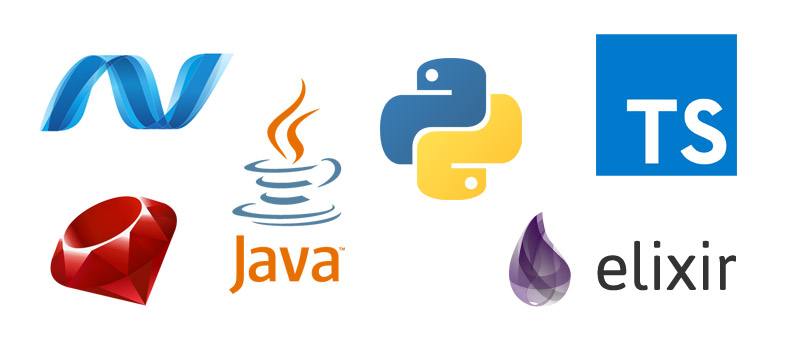
#!/usr/bin/python3
# -*- coding: UTF-8 -*-
import pandas as pd
import numpy as np
import matplotlib.pyplot as plt
def main():
# 创建一个列表Series,pandas会创建整形指标
s = pd.Series([1, 2, 3, np.nan, 6, 8])
print(s)
# 通過传递数据字相同的数组,时间索引,列标签创建DataFrame
dates = pd.date_range("20130101", periods=6)
print(dates)
# 上下文联系
df = pd.DataFrame(np.random.randn(6, 4), index=dates, columns=list("ABCD"))
print(df)
# 字典模式
df2 = pd.DataFrame({
"A": 1.,
"B": pd.Timestamp("20130102"),
"C": pd.Series(1, index=list(range(4)), dtype="float32"),
"D": np.array([3] * 4, dtype="int32"),
"E": pd.Categorical(["test", "train", "test", "train"]),
"F": "foo"})
print(df2)
# 查看格列dtype
print(df2.dtypes)
###第二部分查看所有基本功能
# 头
print(df.head())
# 尾
print(df.tail(3))
# 查看索引,列和数组数据
print(df.index)
# 查看列
print(df.columns)
# 查看值
print(df.values)
# 查看数据快速统计
print(df.describe())
# 对数据列转换
print(df.T)
# 按照行排序
print(df.sort_index(axis=1, ascending=False))
# 按照值排序
print(df.sort_values(by="B"))
# 选择数据 标准Python/Numpy 表达式直观可用
# 获取 选择一列返回Series
print(df["A"])
# 通过[]选择 进行切片
print(df[0:3])
# 标签选择,通过标签获取交叉区域
print(df.loc[dates[0]])
# 通过标签获取更多的数据
print(df.loc[:, ["A", "B"]])
# 标签切片
print(df.loc["20130102":"20130104", ["A", "B"]])
# 返回对象缩减维度
df.loc["20130102", ["A", "B"]]
# 获取单个值
print(df.loc[dates[0], "A"])
# 快速访问单个标量
print(df.at[dates[0], "A"])
# loc 和 iloc 的区别 loc按标签搜索,iloc按索搜索
print(df.iloc[3])
# 通过数值切片 左开右闭
print(df.iloc[3:5, 0:2])
# 通过指定表位置
print(df.iloc[[1, 2, 4], [0, 2]])
# 对行切片
print(df.iloc[1:3, :])
# 对列切片
print(df.iloc[:, 1:3])
# 获取特定值
print(df.iloc[1, 1])
# 通过某;列选择数据
print(df[df.A > 0])
# 通过where选择数据
print(df[df > 0])
# 通过isin()过滤数据
df2 = df.copy()
df2["E"] = ["one", "one", "two", "three", "four", "three"]
print(df2)
print(df2[df2["E"].isin(["two", "four"])])
# 通过标签更新值
df.at[dates[0], "A"] = 0
# 通过位置更新值
df.iat[0, 1] = 0
# 通过数组更新值
df.loc[:, "D"] = np.array([5] * len(df))
print(df)
# 通过where更新值
df2 = df.copy()
df2[df2 > 0] = -df2
print(df2)
# 缺失数据处理reindex()可以修改/增加/删除索引,会返回一个数据的副本:
df1 = df.reindex(index=dates[0:4], columns=list(df.columns) + ["E"])
df1.loc[dates[0]:dates[1], "E"] = 1
print(df1)
# d丢掉缺失行
print(df1.dropna(how="any"))
# 对缺失行 赋值
print(df1.fillna(value=5))
# 对缺失的布尔值赋值
print(pd.isnull(df1))
# 平均值
print(df.mean())
# 按照行求均值
print(df.mean(axis=1))
# 操作不同维护需要对齐,pandas 会沿着指定维度执行
s = pd.Series([1, 2, 5, np.nan, 6, 8], index=dates).shift(2)
print(s)
print(df.sub(s, axis="index"))
"""
注:
这里对齐维度指的对齐时间index
shift(2)指沿着时间轴将数据顺移两位
sub指减法,与NaN进行操作,结果也是NaN
"""
# 应用
# 对数据应用function 注: - cumsum 累加
print(df.apply(np.cumsum))
print(df.apply(lambda x: x.max() - x.min()))
# 直方图
s = pd.Series(np.random.randint(0, 7, size=10))
print(s)
# j计数
print(s.value_counts())
# 支持字符串
s = pd.Series(["A", "B", "C", "Aaba", "bACA", np.nan, "CABA", "dog", "cat"])
print(s)
# 连接合并
df = pd.DataFrame(np.random.randn(10, 4))
print(df)
pieces = [df[:3], df[3:7], df[7:]]
print(pd.concat(pieces))
# join操作
left = pd.DataFrame({"key": ["foo", "foo"], "lval": [1, 2]})
right = pd.DataFrame({"key": ["foo", "foo"], "rval": [4, 5]})
print(left)
print(right)
print(pd.merge(left, right, on="key"))
# 追加
df = pd.DataFrame(np.random.randn(8, 4), columns=["A", "B", "C", "D"])
print(df)
s = df.iloc[3]
print(s)
print(df.append(s, ignore_index=True))
# group by 操作
df = pd.DataFrame({"A": ["foo", "bar", "foo", "bar", "foo", "bar", "foo", "foo"],
"B": ["one", "one", "two", "three", "two", "two", "one", "three"],
"C": np.random.randn(8),
"D": np.random.randn(8)})
print(df)
# 分组求和
print(df.groupby(["A"]).sum())
# 多列求和
print(df.groupby(["A", "B"]).sum())
#绘图
ts=pd.Series(np.random.randn(1000),index=pd.date_range("1/1/2000",periods=1000))
ts=ts.cumsum()
print(ts.plot())
plt.close("all")
if __name__ == "__main__":
main()
hmoban主题是根据ripro二开的主题,极致后台体验,无插件,集成会员系统
自学咖网 »
Pandas基础知识随笔